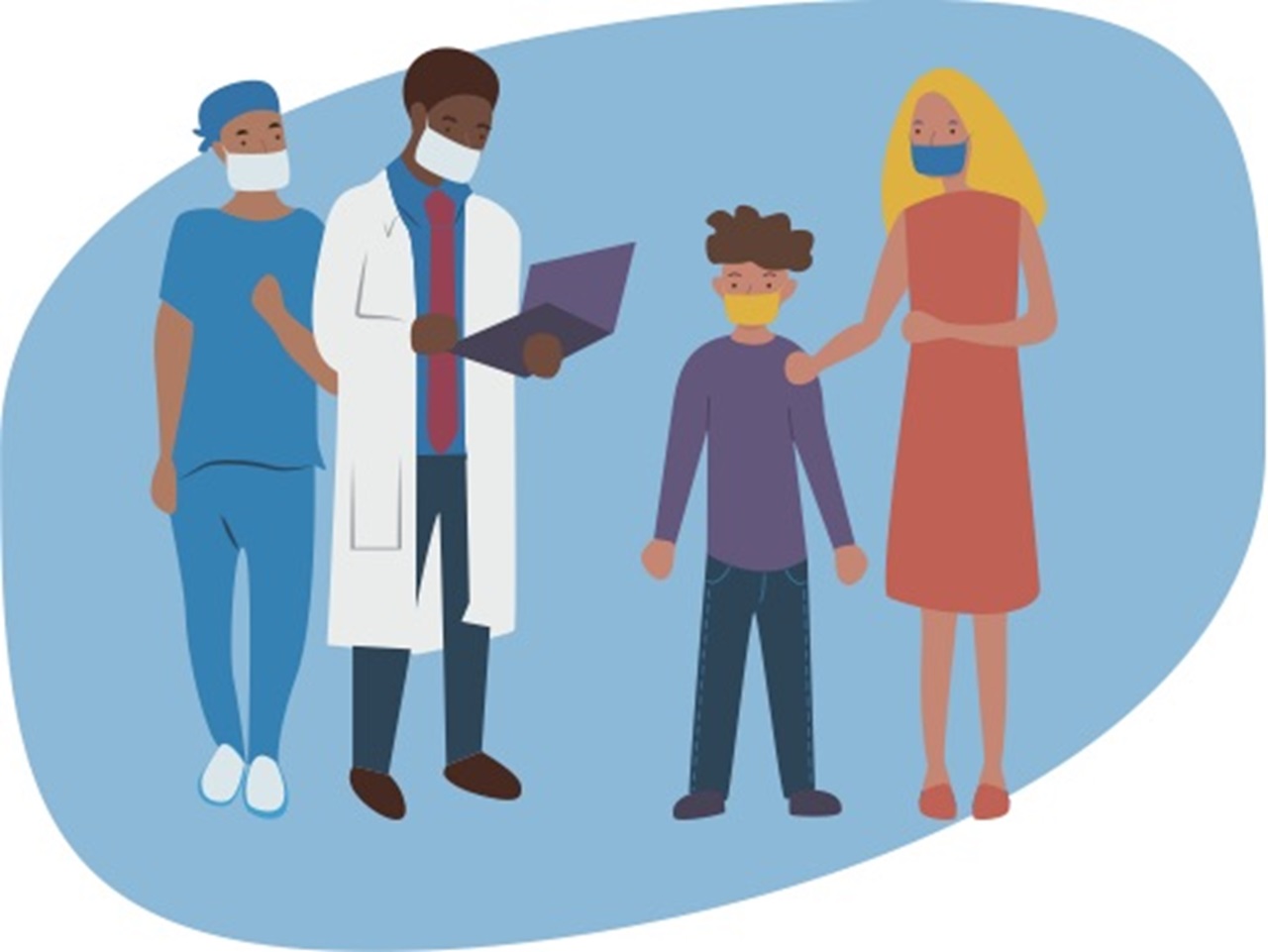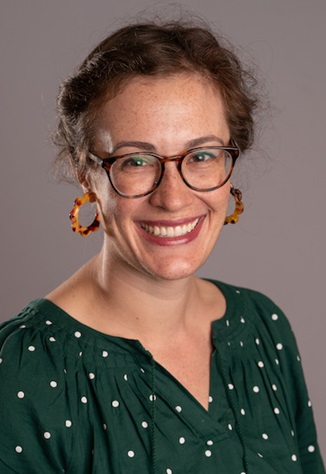It was a frosty November morning, and Roy showed up at my clinic’s front door.
“I haven’t slept all weekend because my tooth hurts so much. Can you help me?”
I examined Roy and ultimately removed his infected tooth. But, at the federally qualified health center where I work, health care doesn’t stop there. He also shared that he lived alone and had been feeling depressed the past month. He had lost his cellphone and couldn’t afford a new one, which kept him from making appointments with his physician. His chronic back pain prevented him from performing chores and caring for his dog, and he had a hard time keeping track of his diabetes medications.
I worked with our interprofessional clinic staff to provide Roy with a free cellphone through Lifeline Assistance, alert his primary care provider to his behavioral health concerns and connect him to a case coordinator to help him manage his medications. His tooth pain brought him to our door, as it often does, but because that door was to an FQHC, we were able to care for more than just Roy’s mouth that morning.
Many FQHCs also offer medical and behavioral health care, as well as other services to support the well-being of patients like Roy. Examples include housing assistance, transportation coordination, exercise classes and home visits. These services help address the social determinants of health that can be barriers to accessing dental care.
FQHCs are often encouraged — by their own mission and values, and by the grant funding that they receive — to be innovative in their access to care approach. Public health clinics remove barriers ranging from language interpretation to location. Nearly 25% of my coworkers are qualified Spanish interpreters. And my clinic uses delivery models like a mobile dental van to visit migrant worker camps and centers for unhoused people or school-based pediatric clinics.
At the onset of the COVID-19 pandemic, public health clinics stayed open for emergency care and were often the first to stand up teledentistry services. In 2019, health centers nationwide reported 4,855 teledentistry visits. In 2020, that number increased drastically to 275,407 visits.1 Simply put, without public health clinics and public health dentists, millions more American patients would be left to endure dental pain like Roy’s and rely only on emergency departments and one-time clinics, such as the Mission of Mercy, for temporary or incomplete management of their oral health.
By removing barriers to care, FQHCs serve a unique community of patients. For example, in 2020, 39% of the patients in my clinic identified that they belonged to a racial or ethnic minority and 19% were served best in a language other than English.2
Public health also attracts a unique community of dentists. The ADA Health Policy Institute reports that 63% of Black dentists accept Medicaid or Children’s Health Insurance Program dental programs, while only 39% of white dentists do the same.3 Anecdotally, I will also say that the public health workforce I have interacted with during my career has been noticeably younger, more female, and more racially diverse than what has been reported for the dental profession as a whole.
Just like private practices are a unique sector of our dental profession with strengths and limitations, public health clinics — and the dentists that work in them — have areas where we excel and areas where we do not. I can offer you an appointment within 24 hours at the same address where you see your physician, and I can do so with a dedicated in-person Spanish interpreter the whole time.
I cannot offer a full-mouth rehabilitation or in-office whitening. Public health clinics also cannot bear the entire weight of patients who do not currently have access to care. Each sector is uniquely suited to meet the needs of patients within our current dental delivery system. What can your sector do? How can you help even in a small but significant way? What do you do?
I really do want to hear from you. You can submit a letter response via email to ADAnews@ada.org. Together, we can meet the oral health needs of our patients, both the ones we have already met — like Roy — and the ones we have yet to meet.
Dr. Schoblaske is a general dentist who practices at La Clinica del Valle, an FQHC in Medford, Oregon. This story is true, but she changed the patient’s name in this piece to protect his privacy. Caroline Zeller, D.D.S., a fellow FQHC dentist, also contributed to this piece.
References
1. Health Resources & Services Administration National Health Center Program uniform data system (UDS) awardee data. Health Resources & Services Administration. Accessed January 10, 2022. https://data.hrsa.gov/tools/data-reporting/program-data/national
2. Health Center Program uniform data system (UDS) data overview: La Clinica del Valle Family Health, Medford, Oregon. Health Resources & Services Administration. Accessed January 19, 2022. https://data.hrsa.gov/tools/data-reporting/program-data?grantNum=H80CS00759
3. Racial and ethnic mix of the dentist workforce in the U.S. American Dental Association Health Policy Institute. Accessed January 19, 2022. https://www.ada.org/-/media/project/ada-organization/ada/ada-org/files/resources/research/hpi/hpigraphic_0421_1.pdf?rev=aa1f41177af94613a74a307adc11f2f0&hash=8F66BABF02828DB2E9A6D5D53908F2DD

